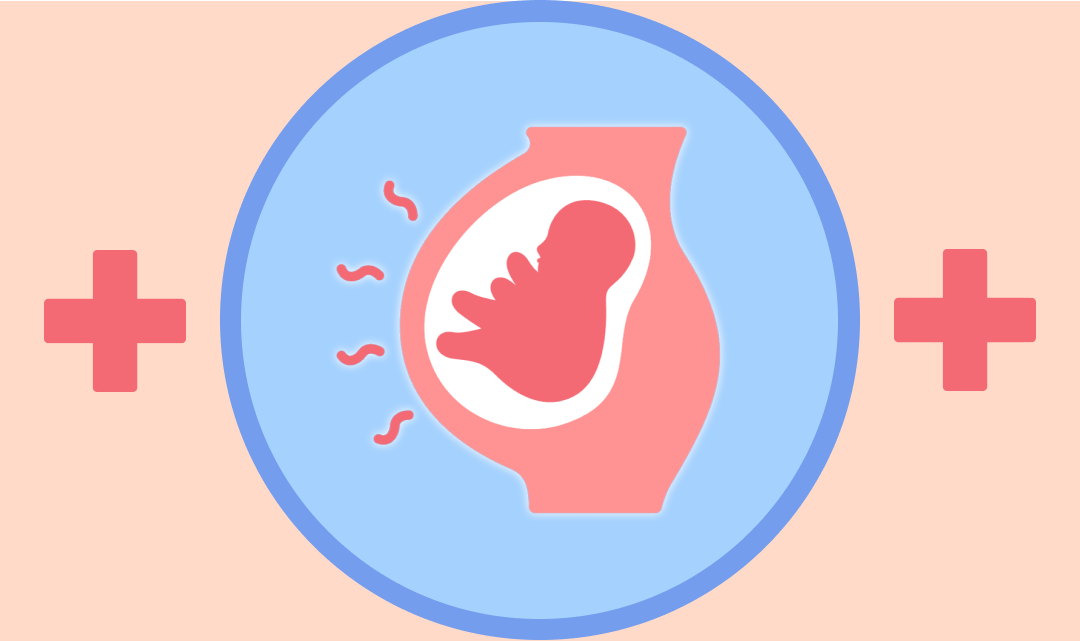Common Questions About Symphysis Pubis Dysfunction in Pregnancy

Symphysis Pubis Dysfunction (SPD) is a condition that causes excessive movement of the pubic symphysis, either anterior or lateral, as well as associated pain, possibly because of a misalignment of the pelvis. It is a common condition during pregnancy, and many women have questions about it. This article will answer some of the most common questions about SPD during pregnancy.
Table of contents
Can pregnancy cause Symphysis Pubis Dysfunction?
Is Symphysis Pubis Dysfunction a pregnancy symptom?
Can Symphysis Pubis Dysfunction occur in the first trimester?
What causes Symphysis Pubis Dysfunction during pregnancy?
Is Symphysis Pubis Dysfunction during pregnancy common?
Is it safe to have Symphysis Pubis Dysfunction during pregnancy?
What can help with Symphysis Pubis Dysfunction during pregnancy?
Symphysis Pubis Dysfunction during pregnancy: when to see a doctor?
Can Symphysis Pubis Dysfunction persist after childbirth?
Can pregnancy cause Symphysis Pubis Dysfunction?
Yes, pregnancy can cause Symphysis Pubis Dysfunction. The hormone relaxin, which is released during pregnancy to prepare the body for childbirth, can cause the ligaments in the pelvic area to become more flexible. This can lead to instability in the pelvic joint, causing SPD.
Psst, we have an app dedicated to pregnant moms. Learn more
Is Symphysis Pubis Dysfunction a pregnancy symptom?
SPD is not a symptom of pregnancy, but rather a condition that can occur during pregnancy. It is caused by the hormonal changes and physical strain of pregnancy, which can lead to pain and discomfort in the pelvic area.
Psst, we have an app dedicated to pregnant moms. Learn more
Can Symphysis Pubis Dysfunction occur in the first trimester?
Yes, SPD can occur as early as the first trimester, although it is more common in the second and third trimesters. The symptoms can vary in severity and may come and go throughout the pregnancy.
Psst, we have an app dedicated to pregnant moms. Learn more
What causes Symphysis Pubis Dysfunction during pregnancy?
SPD is caused by the hormonal changes that occur during pregnancy, particularly the release of the hormone relaxin. This hormone causes the ligaments in the pelvic area to become more flexible, which can lead to instability in the pelvic joint and cause SPD.
Psst, we have an app dedicated to pregnant moms. Learn more
Is Symphysis Pubis Dysfunction during pregnancy common?
Yes, SPD is quite common during pregnancy. It is estimated that up to one in four pregnant women may experience SPD to some degree.
Psst, we have an app dedicated to pregnant moms. Learn more
Is it safe to have Symphysis Pubis Dysfunction during pregnancy?
While SPD can cause significant discomfort and pain, it is not generally considered a threat to the pregnancy itself. However, it can make certain aspects of pregnancy and childbirth more difficult, so it is important to manage the condition with the help of a healthcare provider.
Psst, we have an app dedicated to pregnant moms. Learn more
What can help with Symphysis Pubis Dysfunction during pregnancy?
Physical therapy, pain management techniques, and certain exercises can all help to manage the symptoms of SPD during pregnancy. It can also be helpful to avoid activities that exacerbate the pain, such as heavy lifting or prolonged standing.
Psst, we have an app dedicated to pregnant moms. Learn more
Symphysis Pubis Dysfunction during pregnancy: when to see a doctor?
If you are experiencing severe pain, difficulty walking, or if the pain is affecting your quality of life, it is important to seek medical attention. Your healthcare provider can help to diagnose the condition and recommend appropriate treatment options.
Psst, we have an app dedicated to pregnant moms. Learn more
Can Symphysis Pubis Dysfunction persist after childbirth?
Yes, in some cases, SPD can persist after childbirth. However, with appropriate treatment and management, most women see a significant improvement in their symptoms after giving birth.
Psst, we have an app dedicated to pregnant moms. Learn more
Information sources
1. "Symphysis Pubis Dysfunction (SPD) in Pregnancy." American Pregnancy Association. https://americanpregnancy.org/healthy-pregnancy/pregnancy-health-wellness/symphysis-pubis-dysfunction-70924/
2. "Pelvic Pain During Pregnancy." Mayo Clinic. https://www.mayoclinic.org/healthy-lifestyle/pregnancy-week-by-week/in-depth/pregnancy/art-20045827